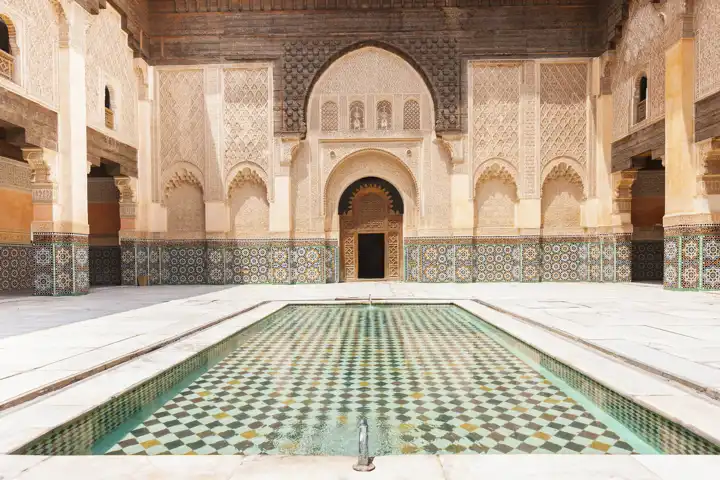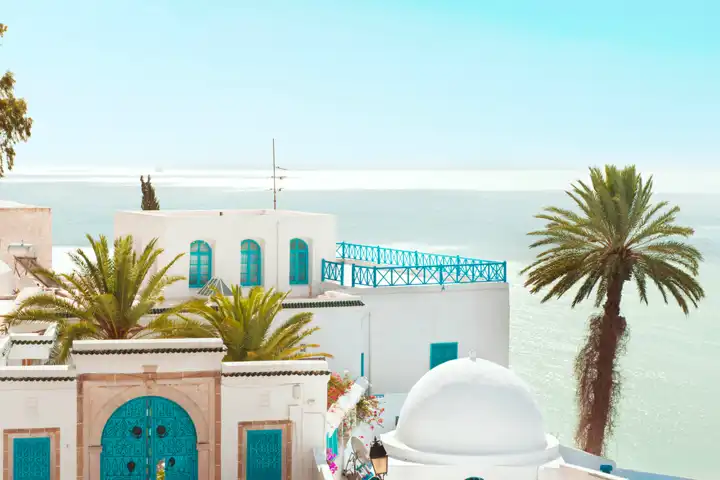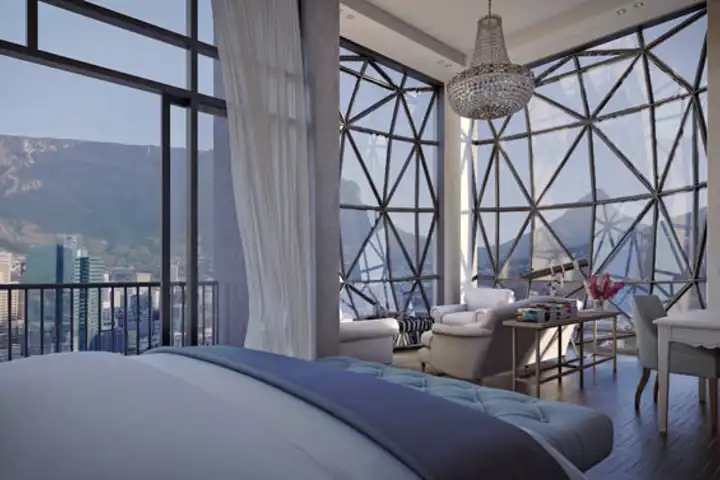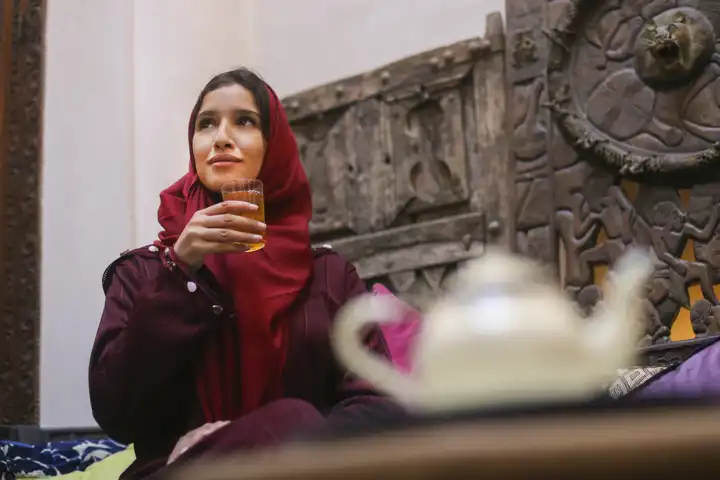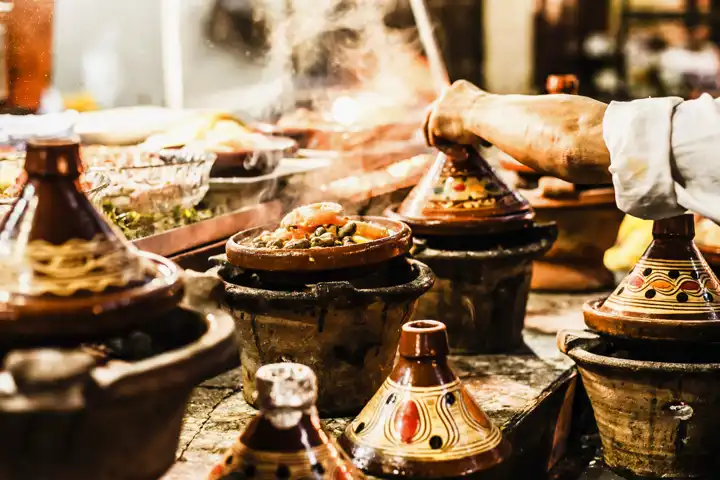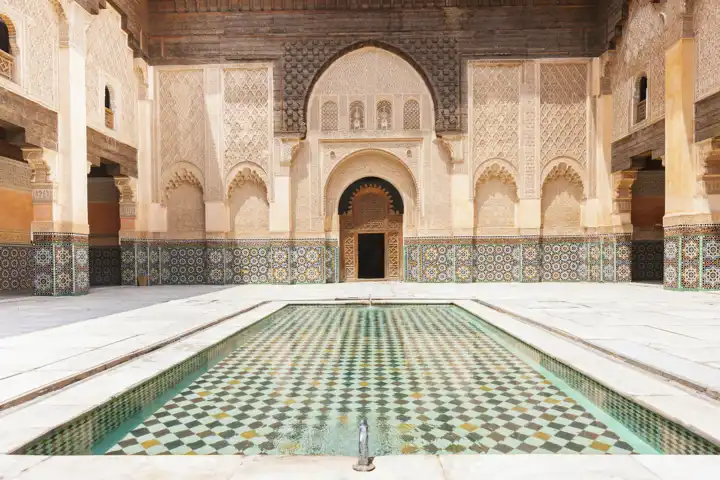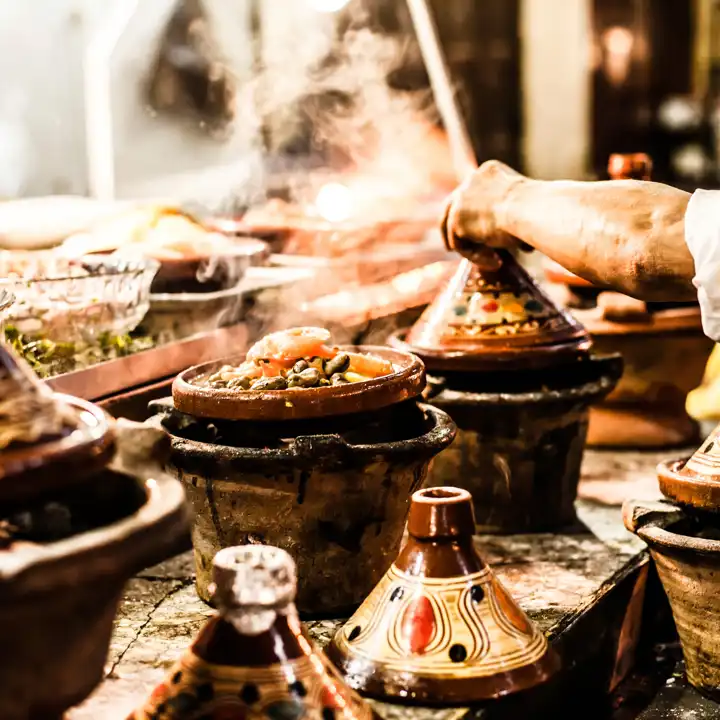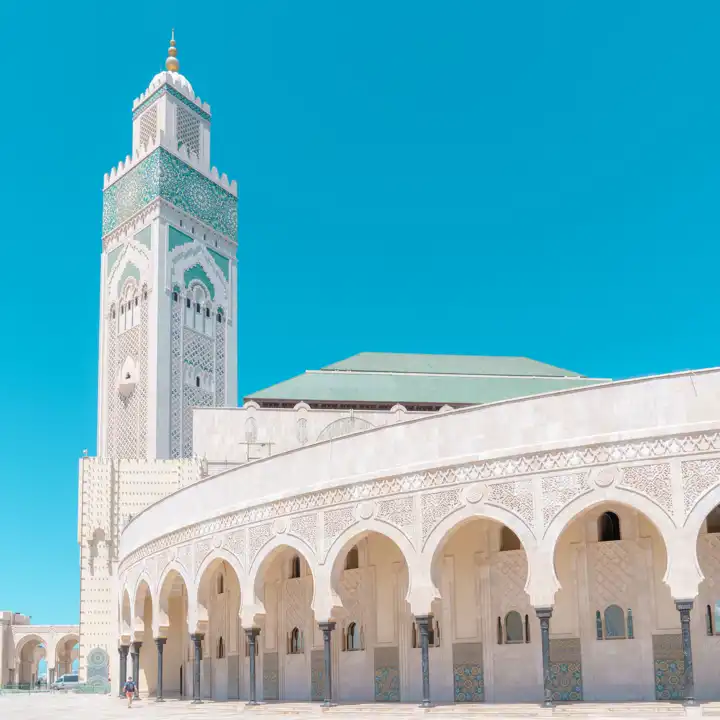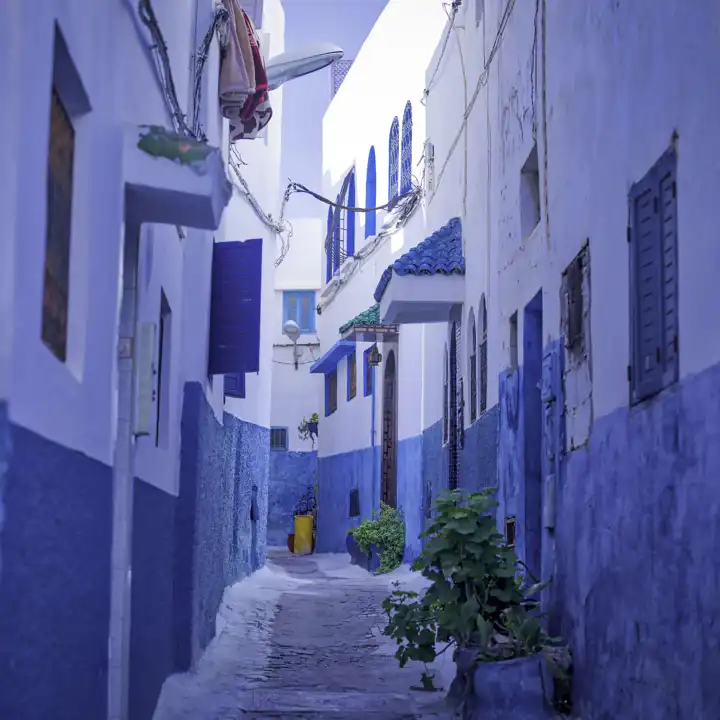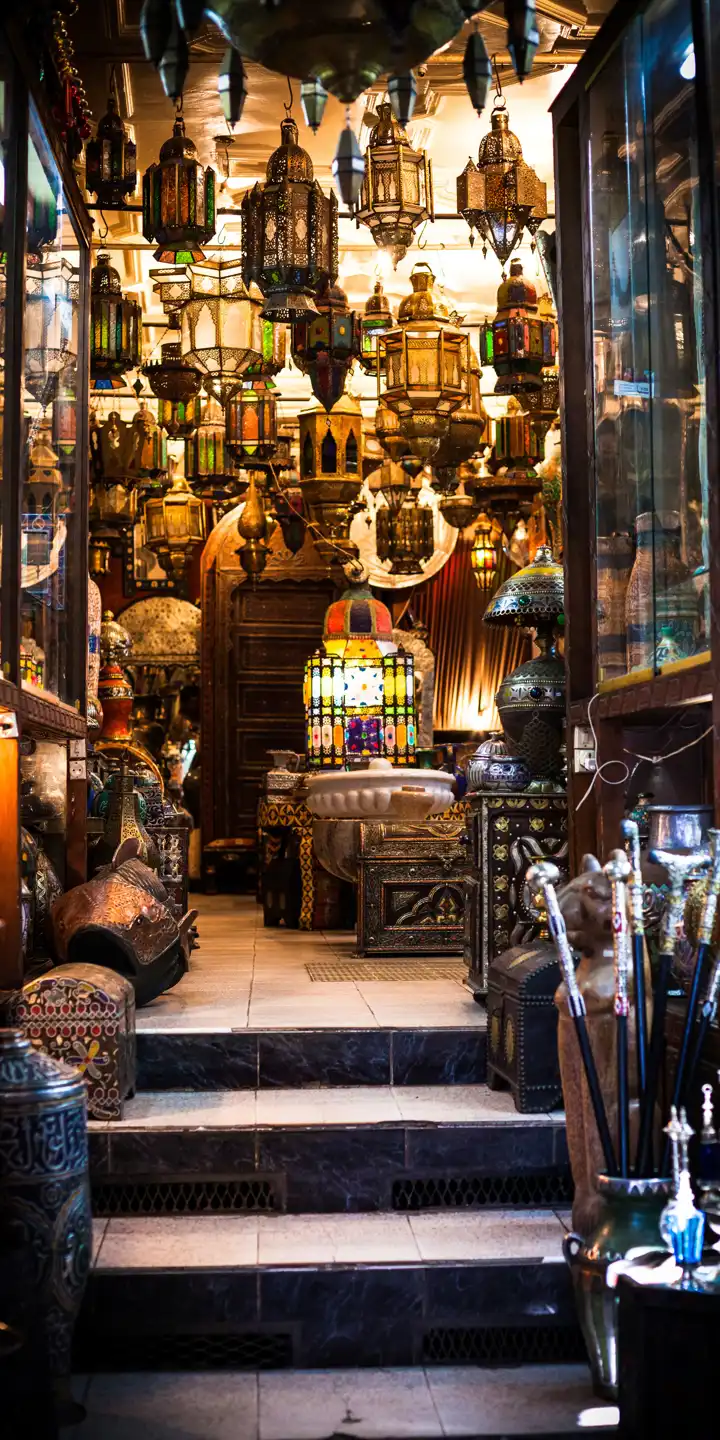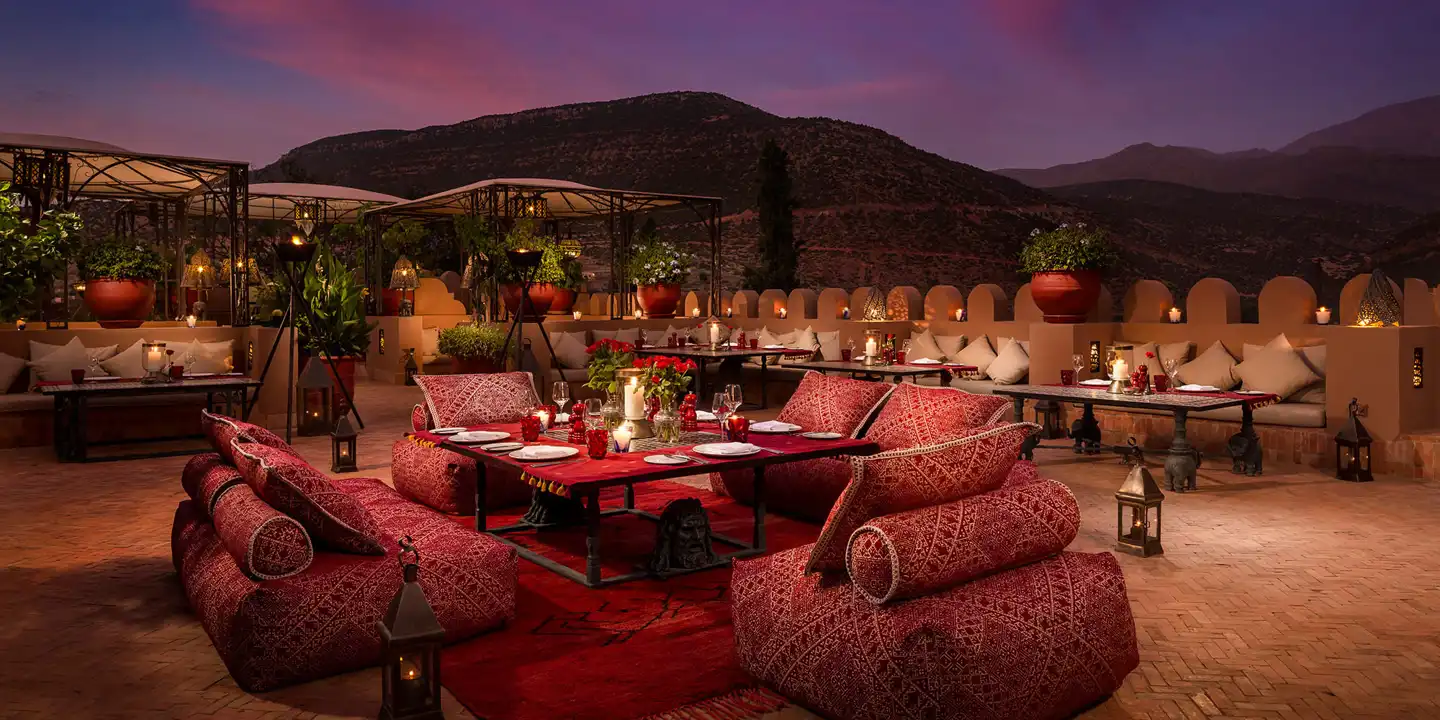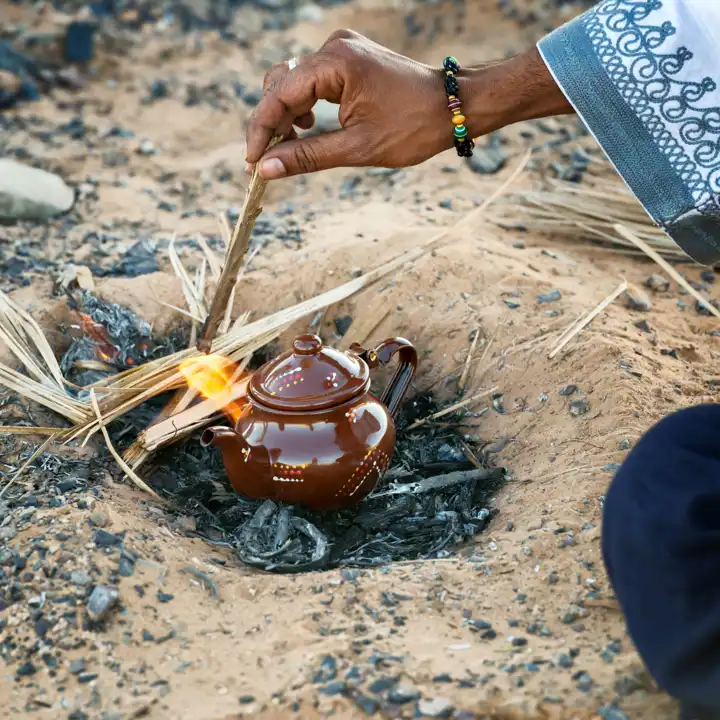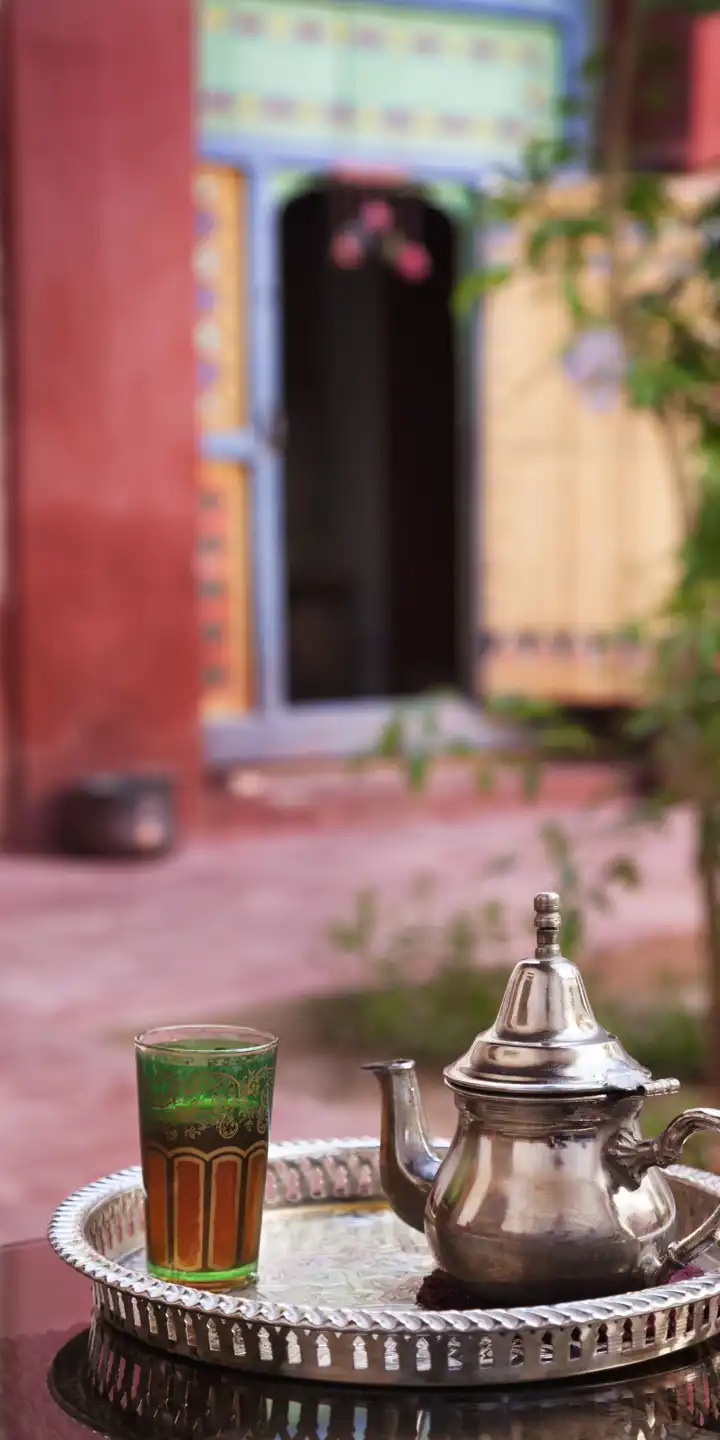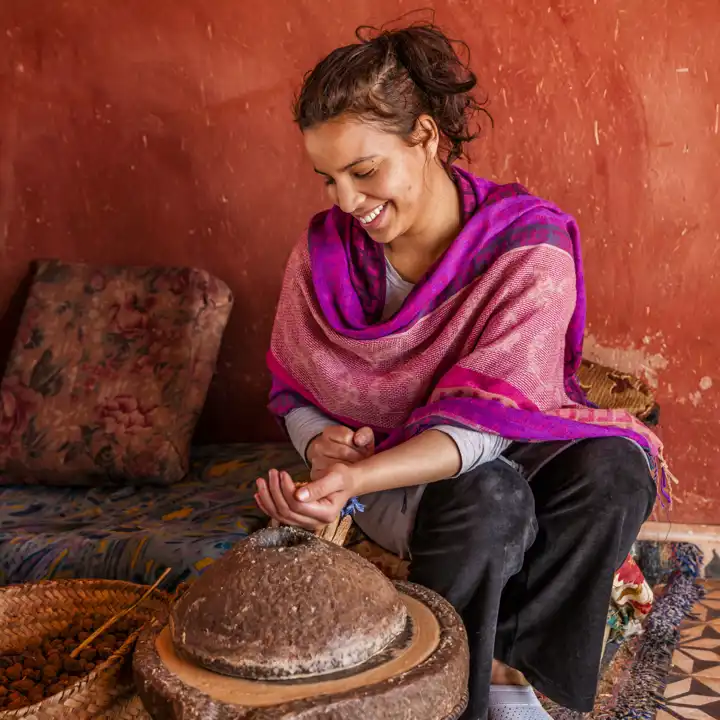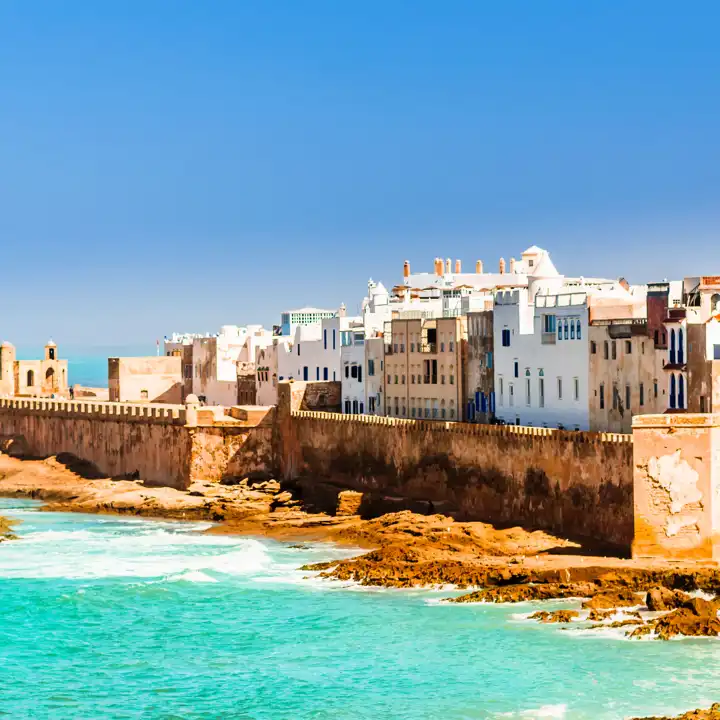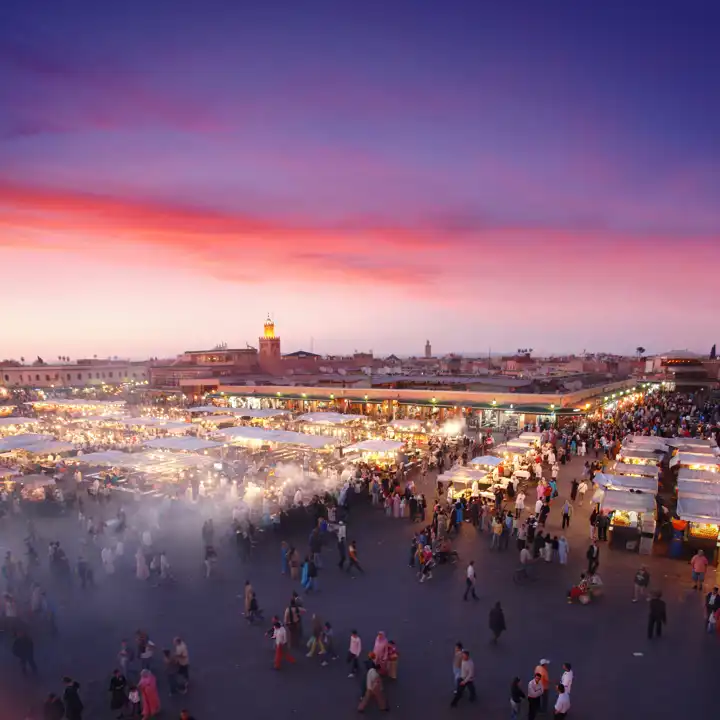Morocco
Journey to the Western Kingdom
Morocco
Discover a land where you can gaze upon never-ending ripples of red sand while atop the back of a camel. A land where you can inhale the fresh scents of cinnamon, cumin and ginger. A land where ancient and modern cultures interlace to form the fascinating Islamic architecture of North Africa. Discover luxury travel to Morocco with Ker & Downey.
Beauty and History
Formerly named “The Western Kingdom”, Morocco shares beauty, history, and excitement with all visitors. Set amidst the Atlas Mountains, Atlantic Ocean, the Mediterranean Sea and the Sahara Desert — Morocco is a country worth exploring. Sail the coast alongside windsurfers in the northeast seaside town of Essaouira or stroll through one of the many open-air markets as you stroke the delicate rugs and jewelry handcrafted by native artisans. Embrace a loved one in a rooftop canopy as you overlook the romantic Old City of Casablanca.
Experience Luxury Travel to Morocco
with Ker & Downey
Morocco luxury travel with Ker & Downey promises to be an unforgettable experience. Browse our customizable Morocco vacation packages for inspiration. And contact a travel expert today to begin planning your own personalized journey.

